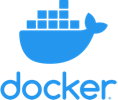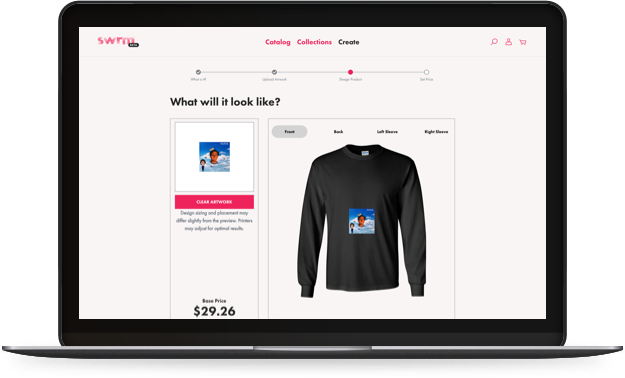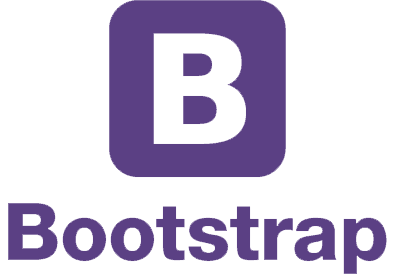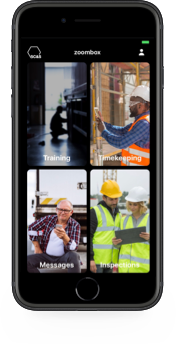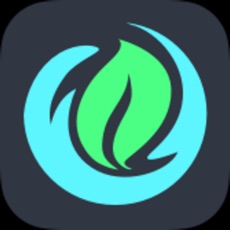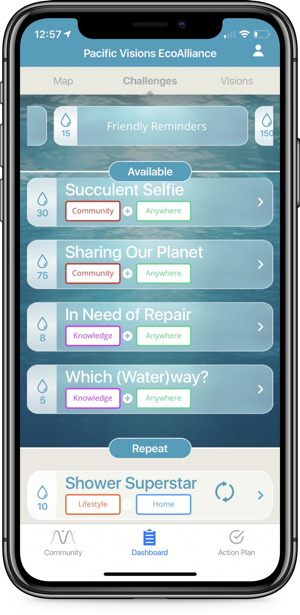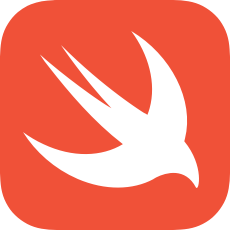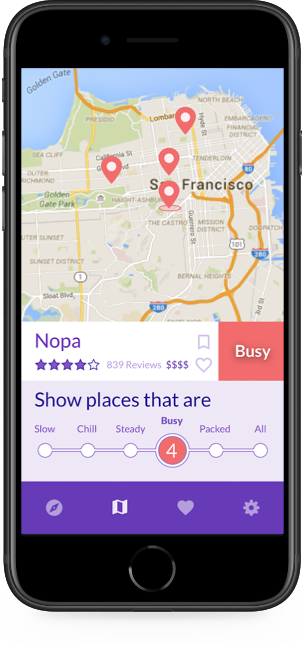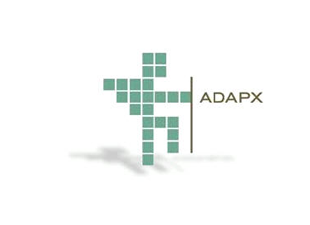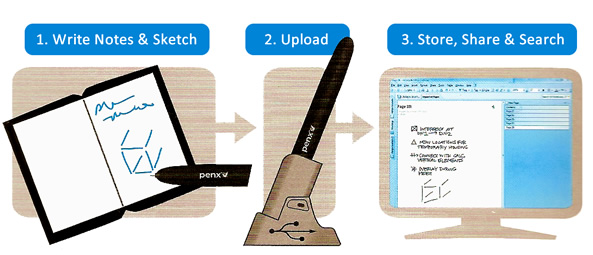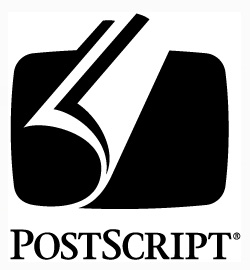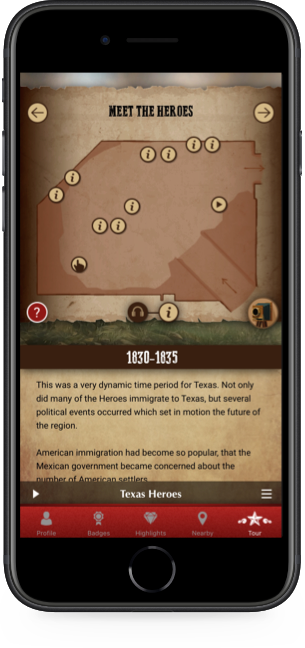Adapx offers Capturx, which turns natural speech, sketches and handwriting into data
for Microsoft Office and other back-end systems. By simply speaking and writing, teams
get instant access to structured data collected on paper, touchscreens, mobile devices,
and wall displays.
My Role
I co-developed all the major applications at Adapx, including Capturx for SharePoint,
Capturx for ArcGIS, Capturx for OneNote, Capturx Pen Manager, and Speech & Sketch. I
led develpment for some of those projects.
I discovered and implemented a printing technique allowing the company’s applications
to print digital pattern to nearly any PostScript printer instead of only printers
from a particular printer vendor, which opened up potential customer base
exponentially. Filed and obtained U.S. Patent 8,040,570 for this invention.






